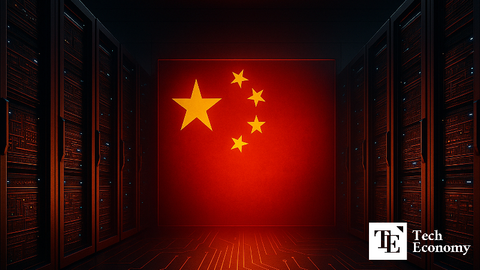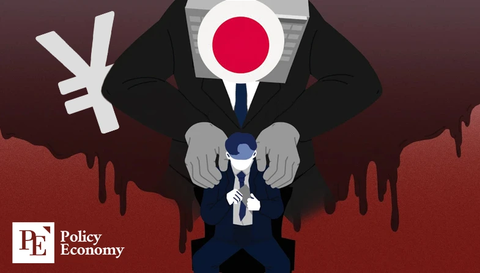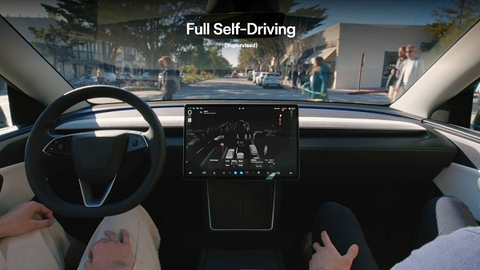Trump and Europe Simultaneously Pressure Putin, From Ceasefire Demands to the Threat of Military Support
Input
Changed
U.S. – Trump Strongly Criticizes Putin: "He's Killing Many People" UK, France, and Other European Leaders Also Press Russia to Agree to a Ceasefire Germany Signals Expanded Military Support for Ukraine if Ceasefire is Rejected
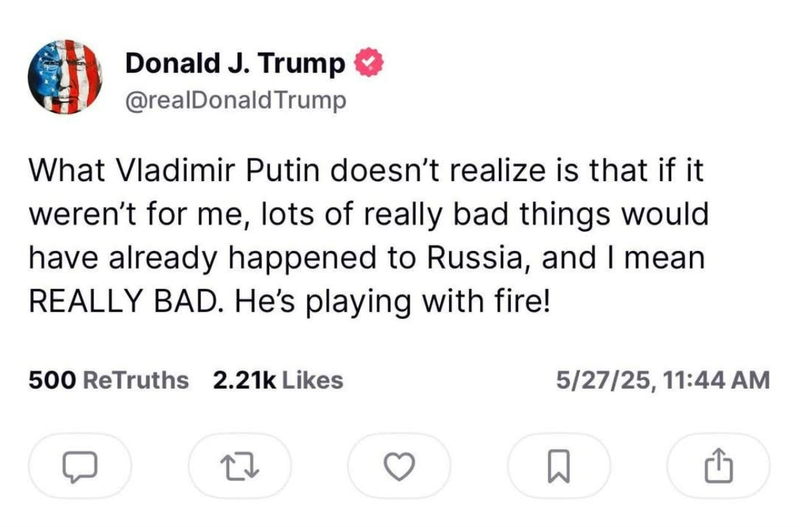
The war in Ukraine, now entering a protracted and devastating phase, is drawing intensified international attention—and intervention. Amid surging violence, including Russia's most expansive airstrike since the beginning of the conflict, two major geopolitical forces have aligned more visibly than ever before: the United States under President Donald Trump and Europe’s leading powers. From strong public denunciations to joint press appearances and threats of sanctions and military escalation, these actors are converging to exert concerted pressure on Russian President Vladimir Putin. Their goal is clear—halt the war, impose a ceasefire, and force Russia to the negotiating table, or prepare for a sweeping increase in Western response.
In a rare moment of unified front, Trump and top European leaders are combining moral condemnation, diplomatic posturing, and security guarantees in a bid to alter the trajectory of the war. Their voices are growing louder, and their tone more urgent, as Ukrainian civilians bear the brunt of the continued assault. For Putin, this new phase of the conflict marks an escalation not only in military terms—but in the scope and scale of global resistance.
Trump Turns Up the Heat on Putin After Largest Airstrike Yet
President Donald Trump, often known for his ambivalent tone toward Putin in the past, has adopted a markedly sharper position as Russia intensifies its military campaign in Ukraine. Following the massive overnight air raid on May 25—an attack involving dozens of drones and cruise missiles that blanketed cities across Ukraine—Trump issued a blistering criticism of the Russian president.
Speaking to reporters in New Jersey during the Memorial Day weekend, Trump said, “I’ve known President Putin for a long time, but he seems like a completely different person now.” He continued, “I don’t know what he’s gotten himself into, but he’s killing a lot of people.” Later, through a post on Truth Social, he wrote, “Putin is launching missiles and drones at Ukraine for no reason. He’s always said he wants the whole of Ukraine, and now that’s turning out to be true.”
Trump’s remarks came in the immediate aftermath of what observers described as Russia’s most extensive aerial assault since the war began—an act that appeared designed to show strength amid growing external pressure. The timing also complicated Trump’s recurring claim that he could end the war “within 24 hours” of returning to office. That assertion, long criticized as unrealistic, now faced renewed scrutiny in the wake of Russia’s escalated aggression.
Russia responded quickly and predictably. Kremlin spokesperson Dmitry Peskov dismissed Trump’s statement as emotionally driven, characterizing the moment as “sensitive” and warning against overreactions. Nevertheless, Trump’s tone shift did not go unnoticed in Europe. French President Emmanuel Macron, long critical of Russian aggression, suggested that Trump had come to a long-overdue realization. “It seems President Trump has finally realized that Putin’s claim to want peace was a lie,” Macron said. “It makes no sense to claim you want negotiations while simultaneously launching airstrikes.”
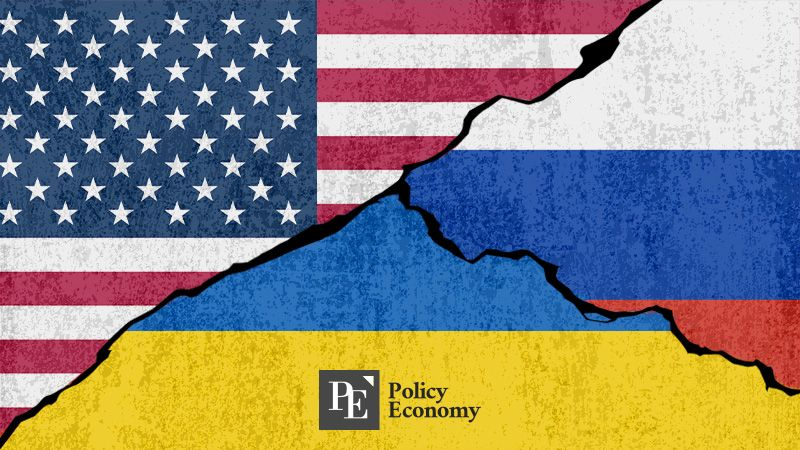
Europe Speaks with One Voice: Ceasefire or Consequences
While Trump delivered his rebuke from the U.S., European leaders gathered in Kyiv for a powerful joint show of support for Ukraine—and a unified challenge to the Kremlin. On May 10, in a striking moment of solidarity, UK Prime Minister Keir Starmer, French President Emmanuel Macron, German Chancellor Friedrich Merz, and Polish Prime Minister Donald Tusk stood beside Ukrainian President Volodymyr Zelensky to issue a coordinated demand for peace.
From the Ukrainian capital, the leaders called on Russia to accept an unconditional 30-day ceasefire covering all battlefields—land, sea, and air—beginning on May 12. Starmer was unequivocal: “Five countries, including Ukraine, have agreed that an unconditional ceasefire is necessary. All of us here stand with the United States in condemning President Putin.”
Macron reinforced the message with strategic clarity, pledging that European nations would collaborate with Washington to monitor and enforce the ceasefire, should Russia agree. “This ceasefire will open the path to immediate negotiations aimed at building a strong and lasting peace,” he added.
The joint message was more than symbolic. The leaders issued a stern warning: if Russia rejected the proposal, Ukraine would receive a dramatic increase in military support, and the West would implement tougher sanctions, especially targeting Russia’s energy and financial sectors. This marked a significant hardening of the European stance—once cautious, now unmistakably assertive.
Predictably, Russia pushed back. Peskov again took to the press, casting doubt on Europe’s intentions. He accused Western leaders of issuing contradictory statements and claimed their posture was “confrontational rather than conciliatory.” Despite this, the collective front of Western democracies signaled a shift in strategy—from reactive defense to proactive pressure.
Germany Hints at Lifting Limits on Long-Range Strikes
While diplomatic initiatives are intensifying, Europe is also accelerating its military commitment to Ukraine. The clearest sign came on May 26, when German Chancellor Friedrich Merz declared that there would no longer be range restrictions on weapons supplied to Ukraine—not just from Germany, but also from allies like the UK, France, and the United States.
Speaking at the Europa Forum in Berlin, Merz said, “The weapons provided to Ukraine are no longer subject to any range limitations.” The implication was bold: Ukraine could now use Western-supplied arms to strike military targets inside Russian territory. Merz elaborated further, saying this new approach ensures Ukraine has the means “to defend itself by attacking military installations within Russia.”
Later that day, Merz echoed the commitment on his official X (formerly Twitter) account. “We will continue to do everything we can to support Ukraine,” he wrote, adding that the removal of range limits reflects a policy shift in how Europe views the balance of power.
However, questions remain. One key uncertainty revolves around whether Germany will greenlight the delivery of Taurus long-range cruise missiles, which had previously been withheld due to fears of provoking Moscow. While Merz did not confirm this explicitly, speculation surged.
Reactions within German politics were mixed. Agnieszka Brugger, deputy leader of the Green Party and a prominent member of the ruling coalition, welcomed Merz’s statement, calling it “logical and long overdue.” But others expressed anxiety. Members of the Social Democratic Party (SPD) and the Left Party voiced concern about the risk of escalation. SPD lawmaker Ralf Stegner issued a stark warning: “Any step that escalates the war is a mistake.”
Nonetheless, the message was clear: Europe’s largest economy is signaling a new era of uncompromising military support, not just in rhetoric but in strategy. With airstrikes expanding and ceasefire talks teetering on rejection, the battlefield may soon be reshaped—not just by bombs and drones, but by a transformed global alliance against Putin's ambitions.


